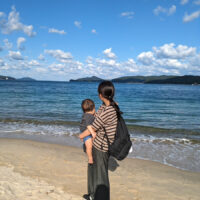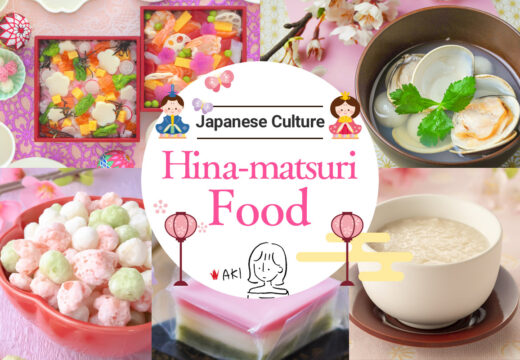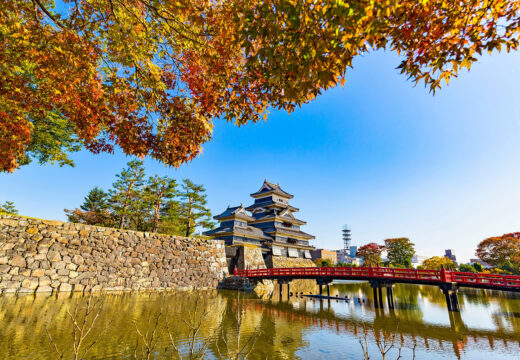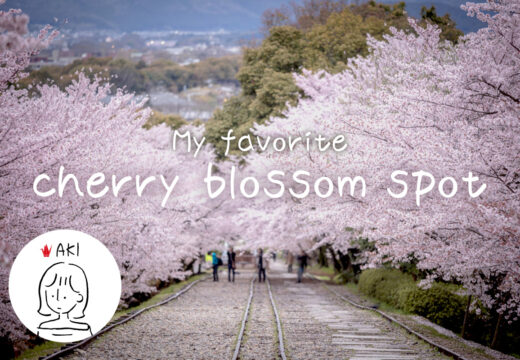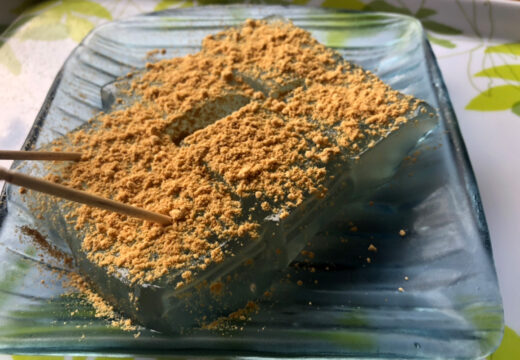History of Iga and Koka, Birthplace of the Ninja
Category: Japanese culture Sightseeing
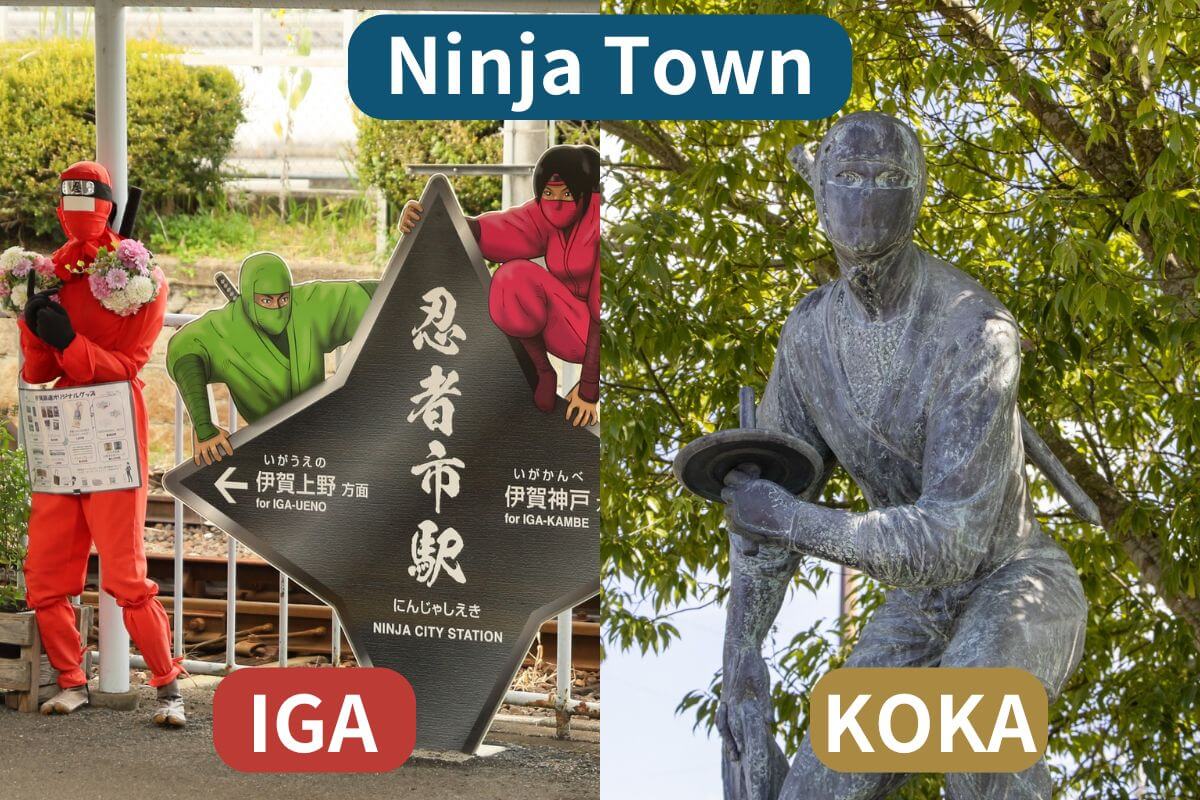
“Ninja” is a Japanese anime and video game content that is loved by people overseas. If you are familiar with pop culture, you may have an image of ninjas when you think of Japan! If you are familiar with pop culture, you may have an image of “Ninja” in your mind.
In this issue, we focus on Iga in Mie Prefecture and Koka in Shiga Prefecture, where the ninja are said to have been born, and introduce the history of the ninja and recommended sightseeing information.
What is a Ninja?
When you see ninja in cartoons and movies, you probably have an image of ninja dressed in black, throwing shurikens and using ninjutsu to fight enemies.
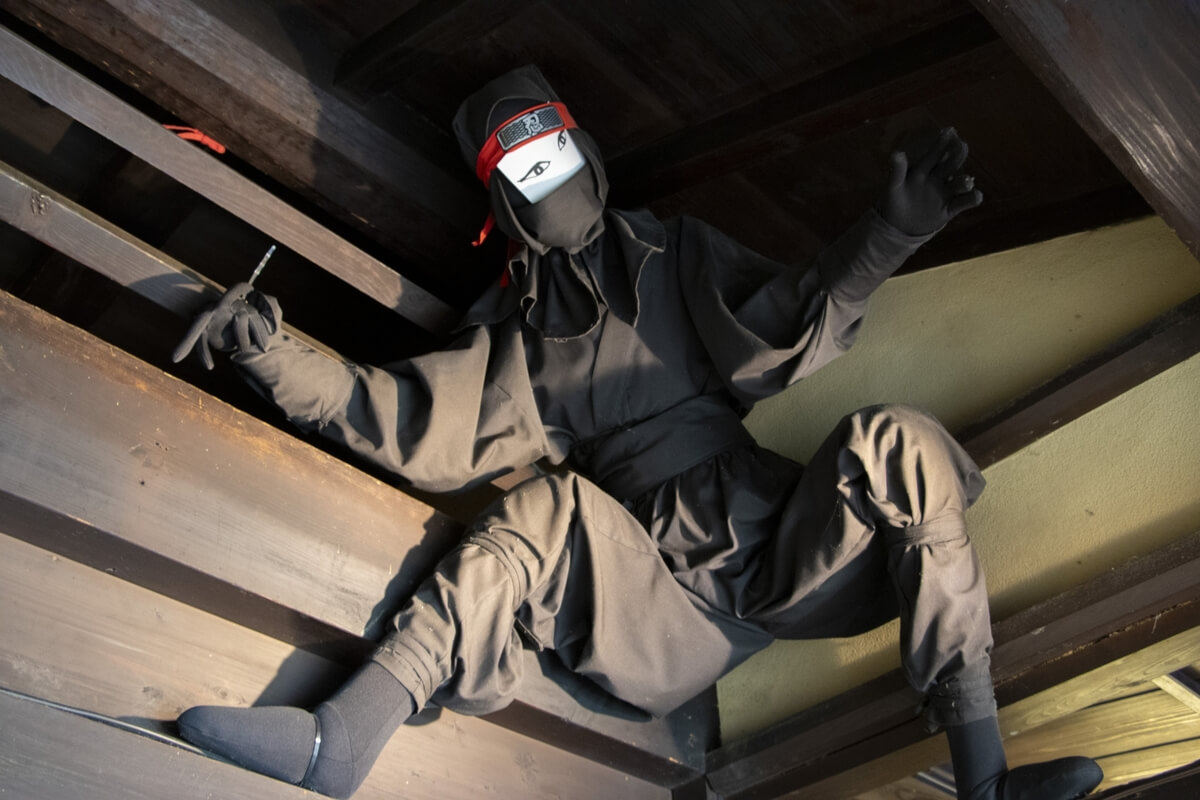
The main role of the ninja in Japan was to spy on the movements of the enemy, sometimes destroying enemy facilities or assassinating important persons. In order to get into the enemy’s strongholds and gather information, they are said to have disguised themselves as farmers, peddlers, and all kinds of people, rather than wearing black clothes.
The ninja served lords and feudal lords in various regions, and were active in the shadows, such as in espionage activities to find out the enemy’s intentions. Because of their nature, even today few people know their true identity, making them very mysterious.
Ninja History
Ninja were active in the shadows of many battles. In particular, Iga in Mie Prefecture and Koka in Shiga Prefecture are known as the birthplace of the ninja. In books written during the Edo period, Iga and Koka are mentioned as representatives of the ninja. They were neighboring regions to the north and south, and at that time were also known as the “Kai-ikkoku,” and it is said that they cooperated with each other and established friendly relations. I was surprised to learn that Iga and Koka ninja were cooperating with each other, since I had an image of Iga and Koka ninja as adversaries!
Nevertheless, Iga and Koka have their own history and culture, with different schools of ninja. Here is a brief explanation of the differences between Iga and Koka ninja.
What is Iga-ryu Ninja?
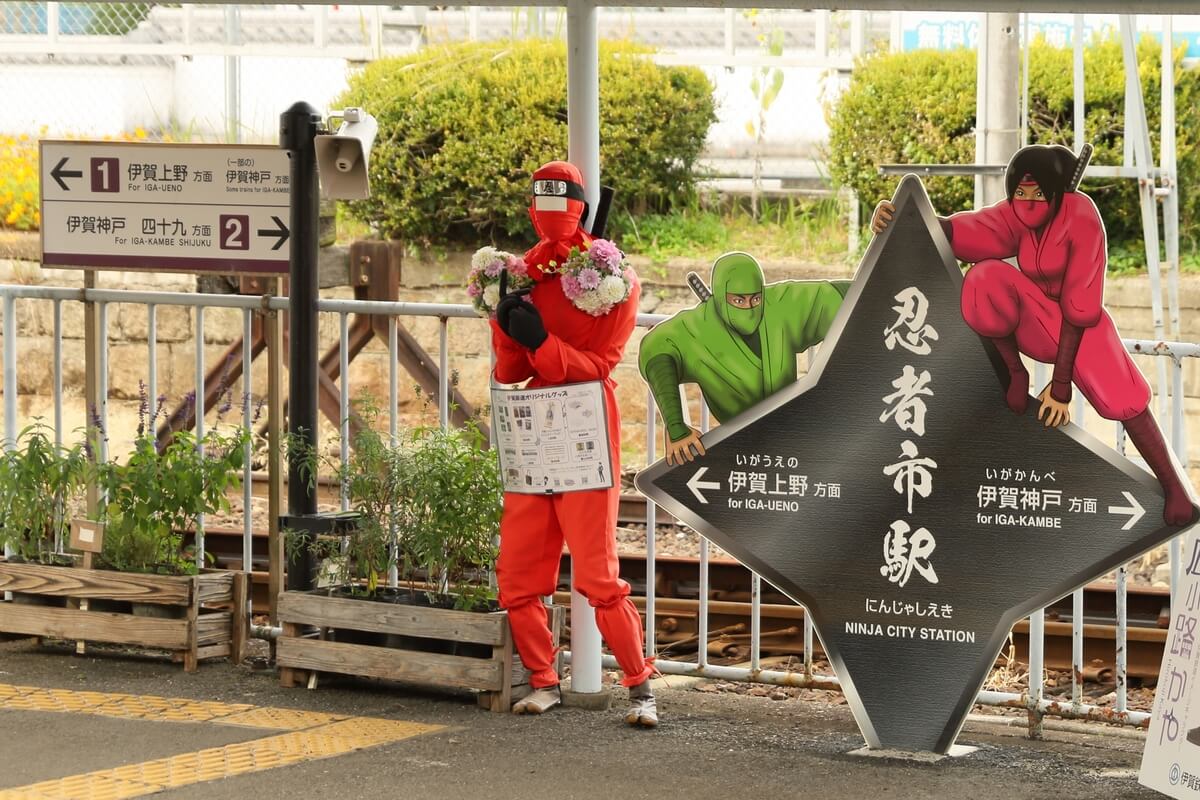
It is said that the origin of the Iga-style ninja, who were based in Iga City, located in the northwestern part of Mie Prefecture, and other areas, was the “Akutou(villain)” of the Kamakura period (1185-1333). The rogues were landowners-like people who acted in rebellion against their lord’s temples and nobles. The “Iga-shu,” a group of people who drew on the land of these rogues and carried ninjutsu, later came to be known as “ninja.
Many of the Iga-style ninja were strong in combat, and were good at “Kajutsu,,” which involved the use of gunpowder, and “jujutsu,” which was used for self-defense and to ward off evil spirits. It is also said that they made financial contracts with their employers and had no relationship beyond that of a contract.
What is the Koka-ryu Ninja?
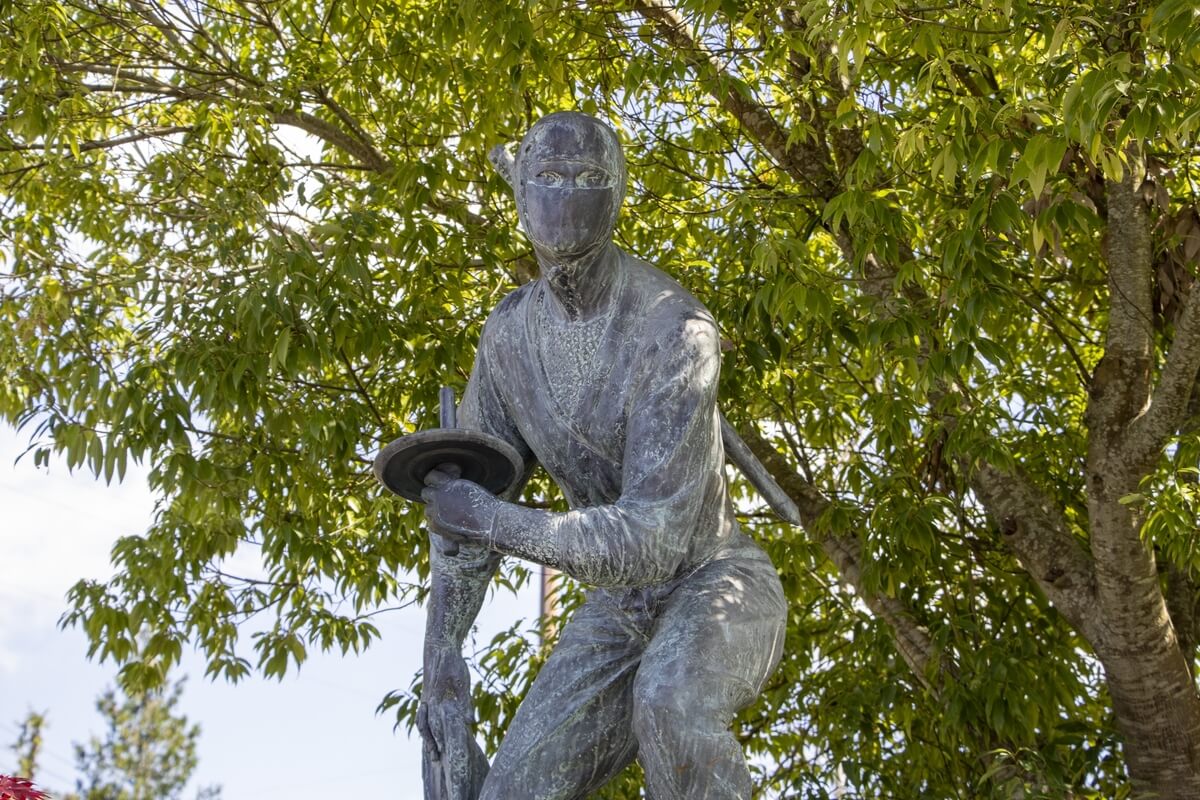
The Koka-ryu ninja were born in Koka City, Shiga Prefecture, and are said to have originated from a group of ascetic practitioners and fallen warriors who trained at “Handousan” (present-day Shigaraki Town, Koka City, Shiga Prefecture). They were skilled in knowledge of medicinal herbs and medicine, and were said to be adept at magic tricks using poisonous medicines. The major difference between the Iga ninja and the Iga-ryu ninja was that they were employed by a specific person. It is said that they were loyal to their lord like the samurai and risked their lives to protect him.
Iga and Koka cooperated in “Tokugawa Ieyasu no Iga-goe”
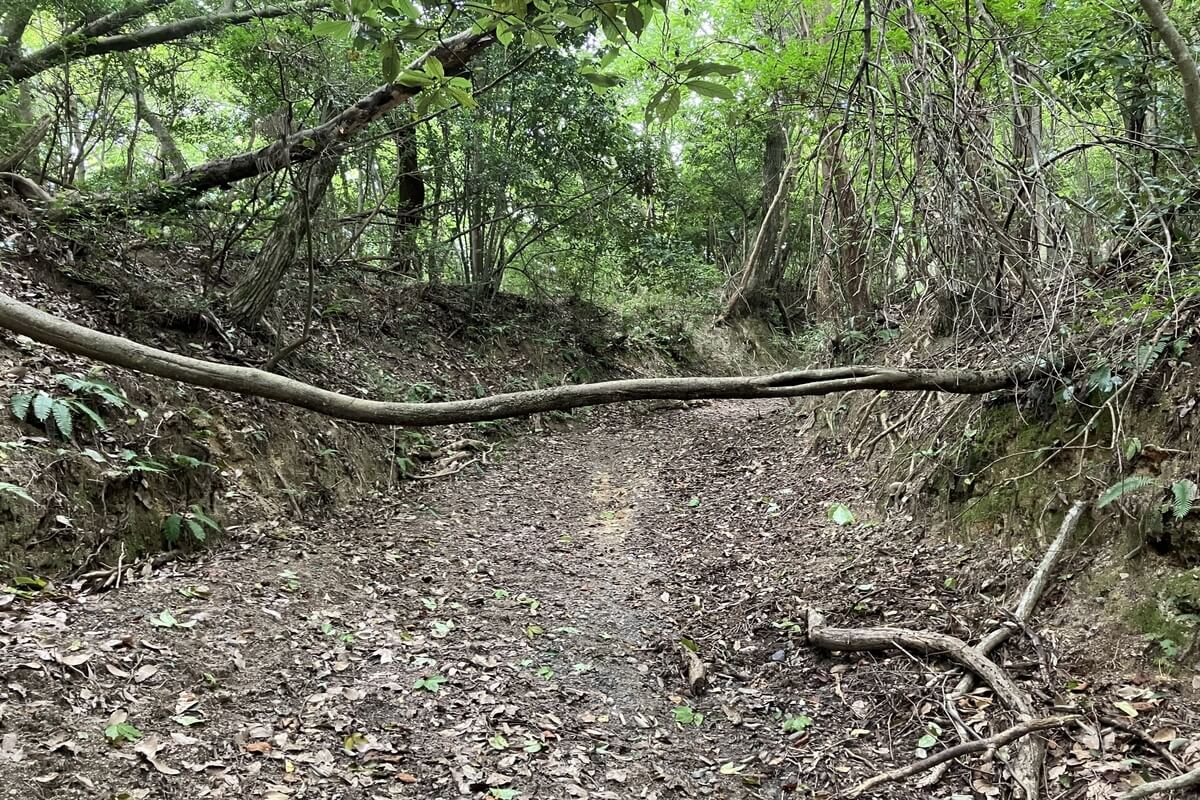
The ninja of the Iga and Koka, each of which was active as a first-rate ninja, were involved in a historical episode involving these two schools of ninja. One episode in history that is said to have involved these two schools of ninja is “Tokugawa Ieyasu no Iga-goe (Tokugawa Ieyasu’s Iga Crossing).”
It is said that Tokugawa Ieyasu, upon hearing the news of Oda Nobunaga’s suicide in the Honnoji Incident in 1582, hurriedly took the shortest route through Iga as an escape route from Sakai in Osaka to Mikawa (eastern Aichi Prefecture). He was aided by Iga and Koka ninja, including Heizo Hattori, a ninja from Iga in Ieyasu’s service, and was able to return safely to Mikawa.
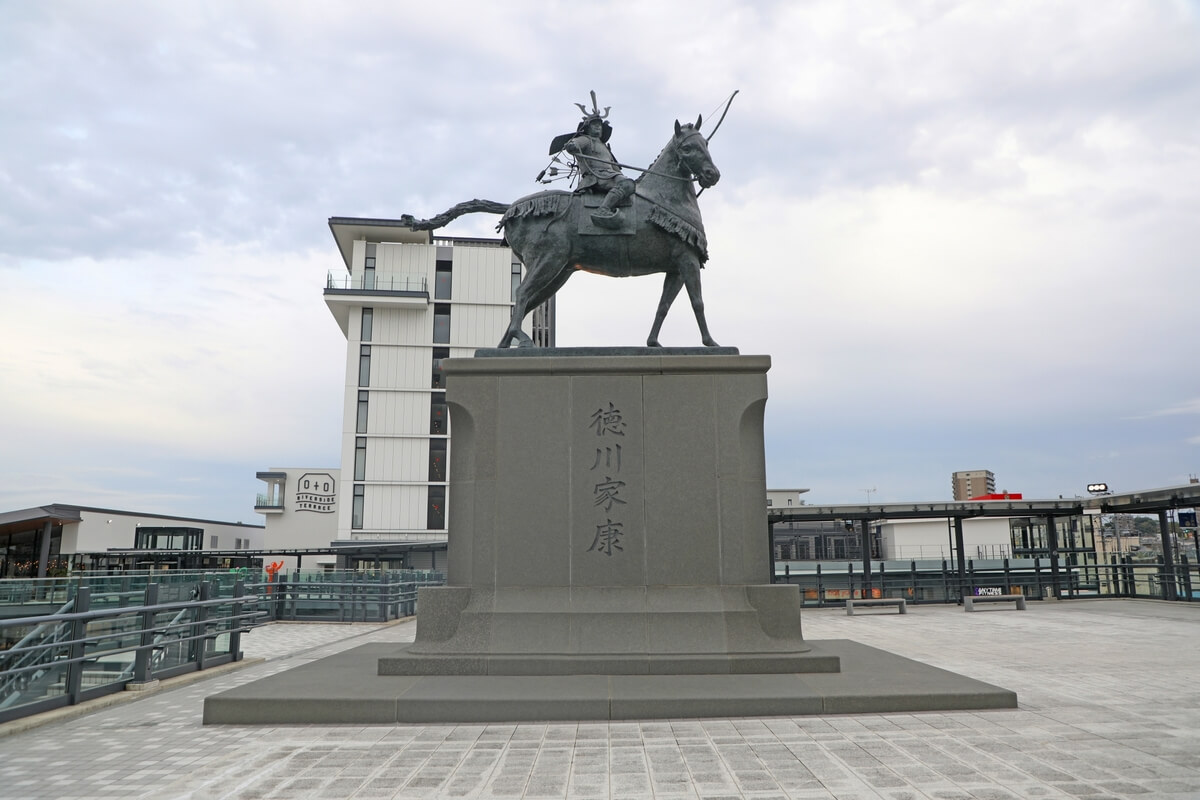
▲Bronze statue of Tokugawa Ieyasu in front of Higashi-Okazaki Station, Aichi Prefecture
Tokugawa Ieyasu later achieved unification of the country. It is no exaggeration to say that it was because the ninja of Iga and Koka cooperated with Ieyasu in the “Iga‐Goe” that Ieyasu succeeded in overcoming Iga, which led to the Edo Period lasting for about 260 years and to the present day Japan.
Sightseeing spots related to the ninja and the surrounding area
[Iga City] Ninja Museum of Iga-ryu
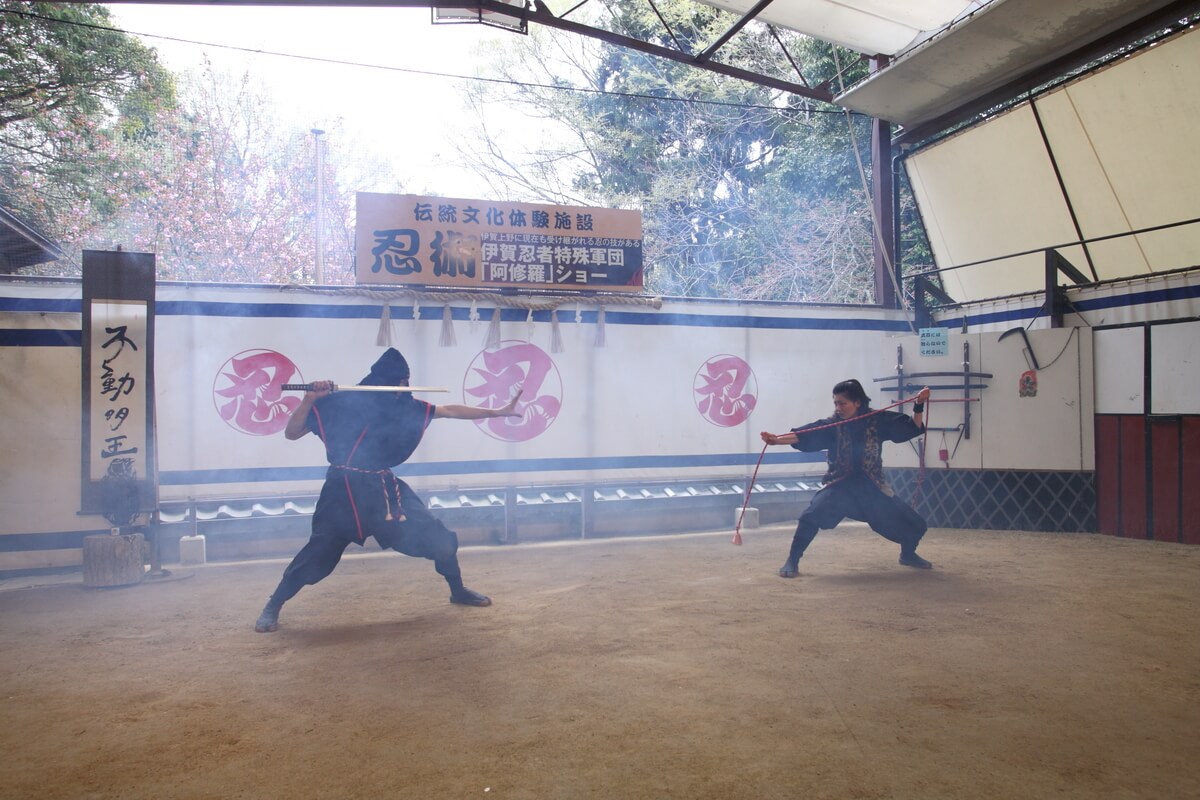
©Mie Prefecture Tourism Federation
Located in Ueno Park in Iga City, this museum boasts the world’s largest collection of ninja artifacts. In the Ninja House, visitors can see the contrived mechanisms in which the ninja used to hide themselves. In the Ninjutsu Experience Hall, visitors can see a variety of tools used by the ninja, such as shurikens. We also recommend the action show and the shuriken-shaping experience, which are just like those of real ninja.
[Iga City] Iga-Ueno Castle
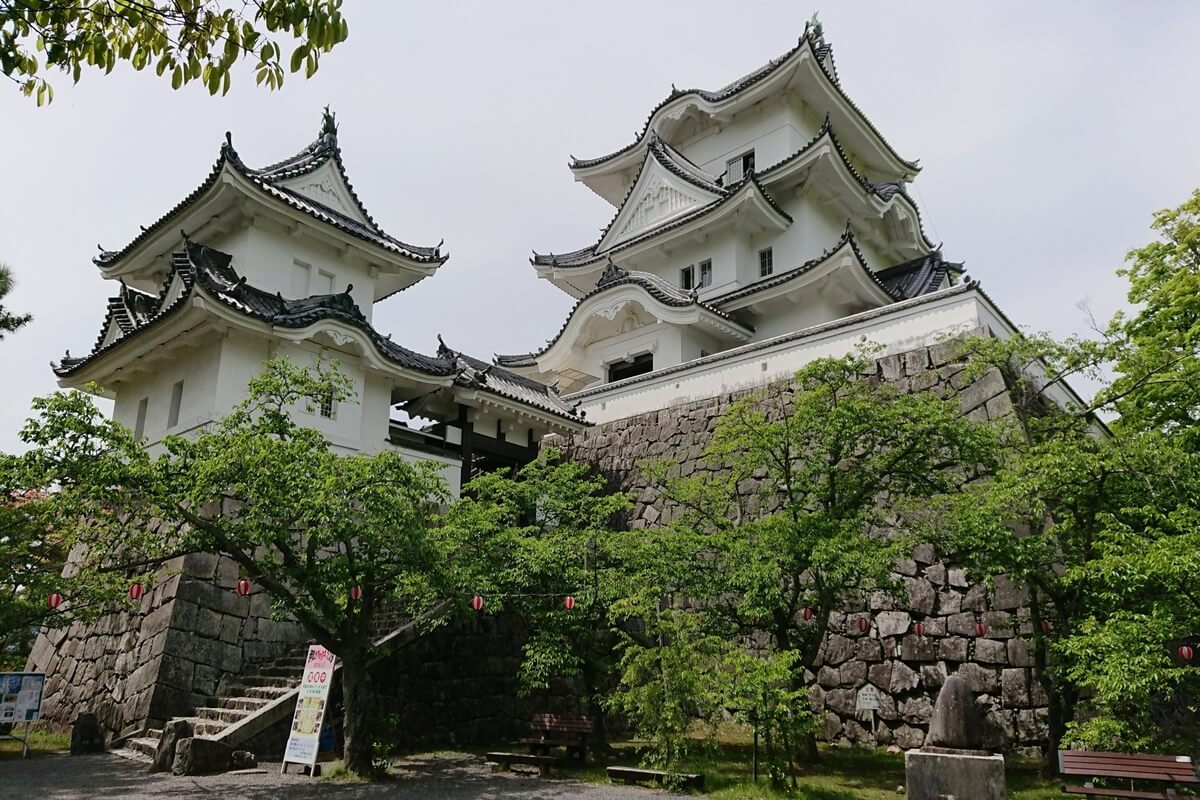
Iga-Ueno Castle rises as a landmark in Ueno Park, as does the Ninja Museum. The castle was built by Takatora Todo, a military commander known as a master castle builder. The 30-meter-high stone walls are among the tallest in Japan, and the castle has been selected as one of the 100 best castles in Japan. The current castle tower was reconstructed in 1935, but the wooden structure still retains the atmosphere of the time.
[Koka City] Koka Ninja Village
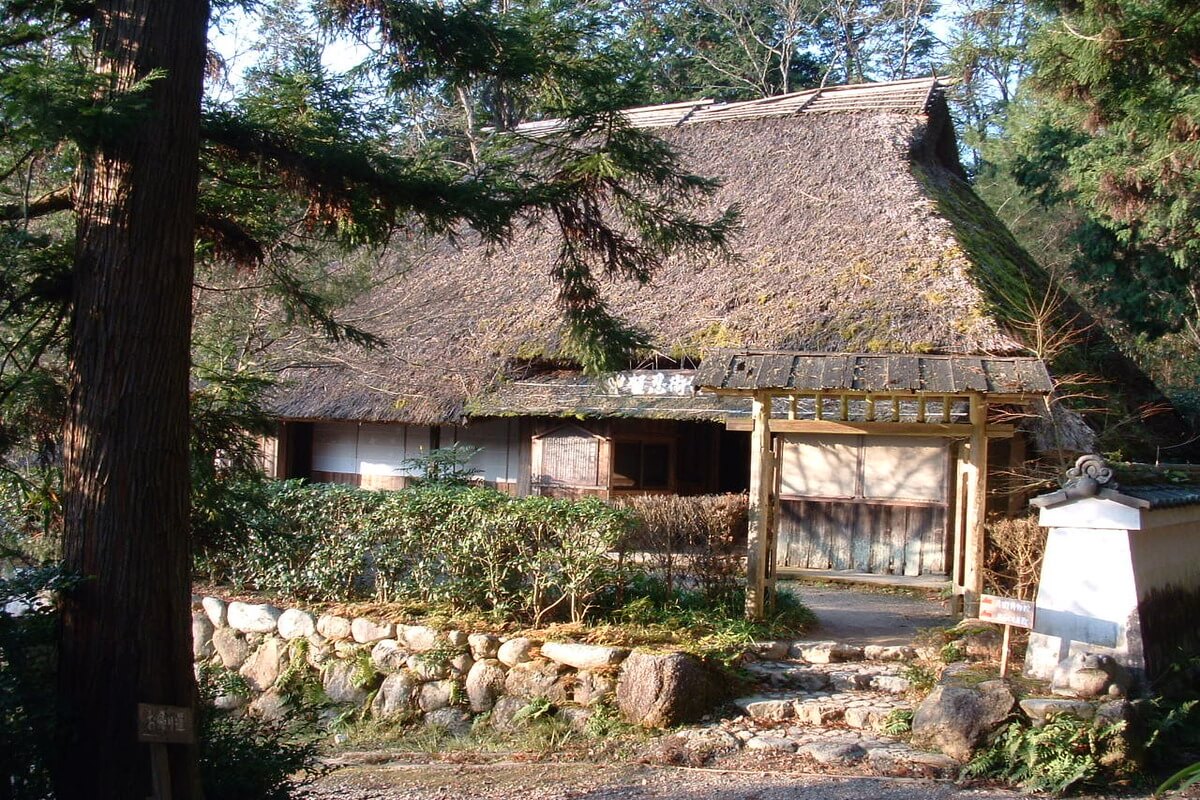
Biwako Visitors Bureau Public Interest Incorporated Association
This theme park allows visitors to fully experience the ninja and the Warring States Period in a vast site deep in the mountains. The Karakuri Yashiki is a real building where the Koka ninja used to live, and visitors can see the realistic tricks of the ninja. At the Ninja Dojo, visitors can experience a total of nine different activities, such as climbing a stone wall, tightrope walking, and water spiders, by transforming into a black costume and pretending to be a ninja. Both children and adults are sure to have a great time!
[Koka City] Miho Museum
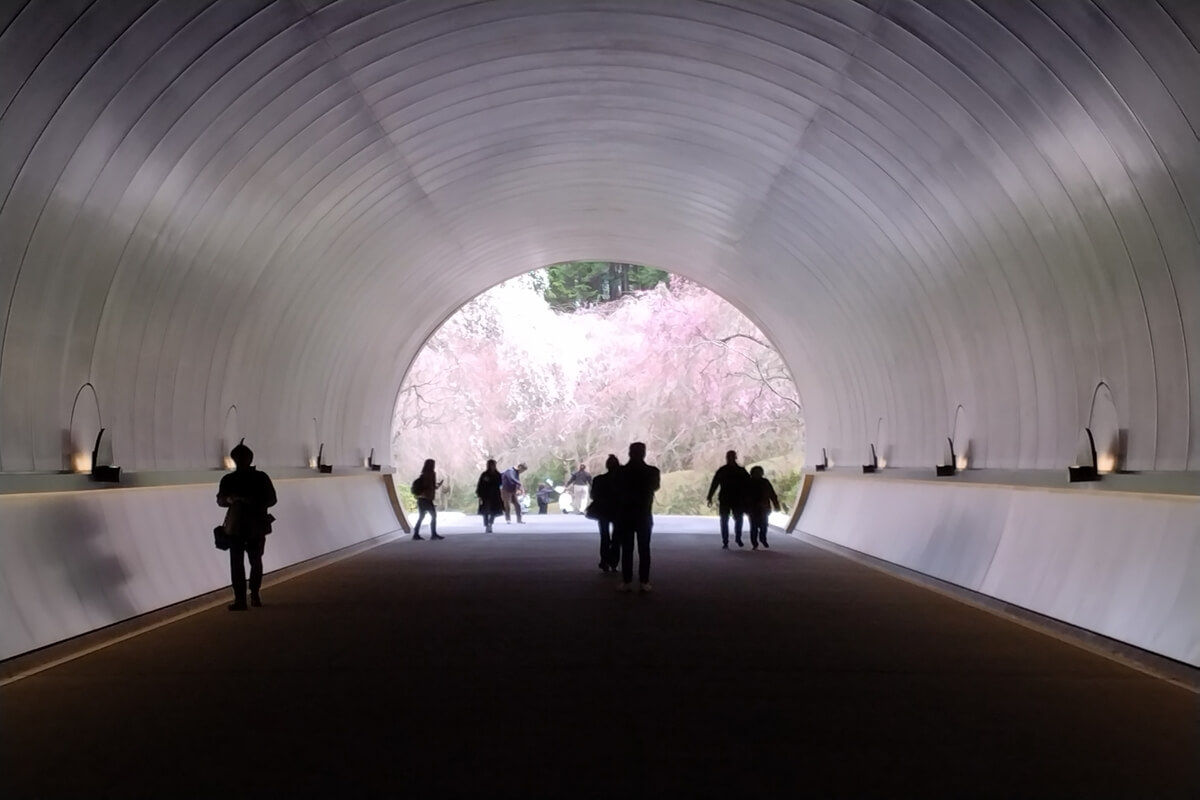
The museum is tucked away in a mountainous area rich in nature. The museum was built by I. M. Pei, a world-renowned Chinese-American architect, based on the motif of a Tougenkyo(utopian paradise).
The entrance to the museum, through a tunnel covered with silver walls, leads to an otherworldly landscape of cherry blossoms in the spring and autumn leaves in the fall. Inside the museum, Japanese and other classical art from around the world are on display.
[Koka City] Tanuki village
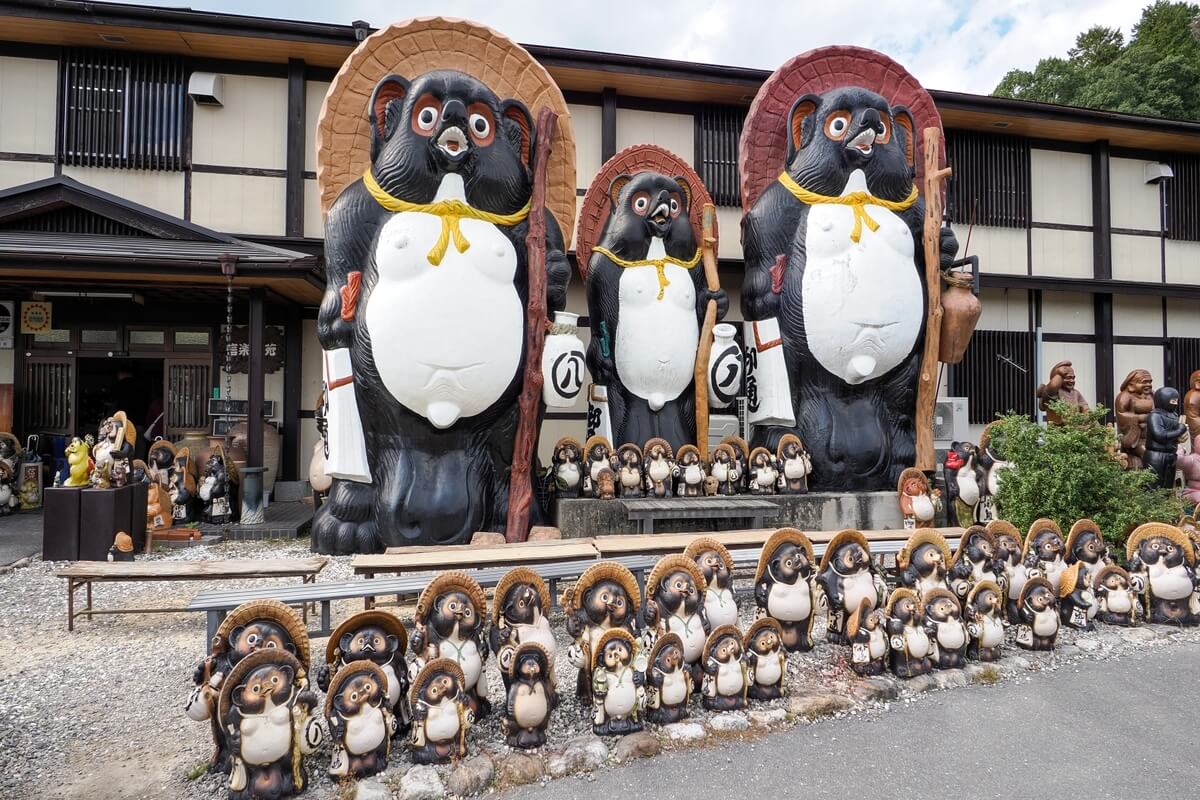
Shigaraki Town in Koka City has been producing Shigaraki ware since ancient times. The town is famous for Shigaraki tanuki, a cute raccoon dog figurine made of pottery that brings good fortune. At Tanuki Village, visitors can try their hand at making Shigaraki tanuki and hand-built pottery, as well as purchase Shigaraki pottery pieces and local sweets as souvenirs. Shigaraki tanuki figurines dressed as ninjas are also recommended! At the restaurant, you can enjoy sukiyaki of Omi beef served with rice cooked in a Shigaraki-ware earthenware pot.
▼Check here for a detailed article on Shigaraki.
https://kodawari-times.net/blog/koka-and-shigaraki/
Recommended Souvenirs
[Iga City, Koka City] Ninja goods
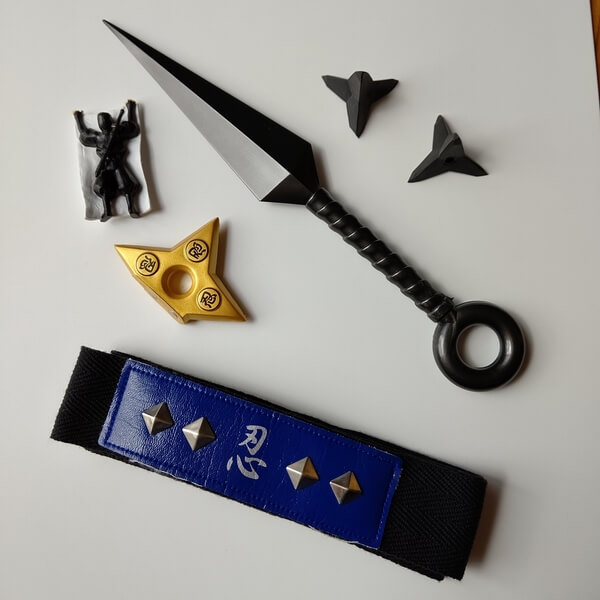
Shuriken and Kunai (replica or rubber), essential items for ninja, are standard souvenirs. Various other ninja items are also available, including shuriken-motif accessories and ninja-motif T-shirts. They can also be purchased at the Ninja Museum of Iga-ryu and the Koka Ninja Village, as mentioned in the Recommended Spots section!
[Iga City] Iga Ware
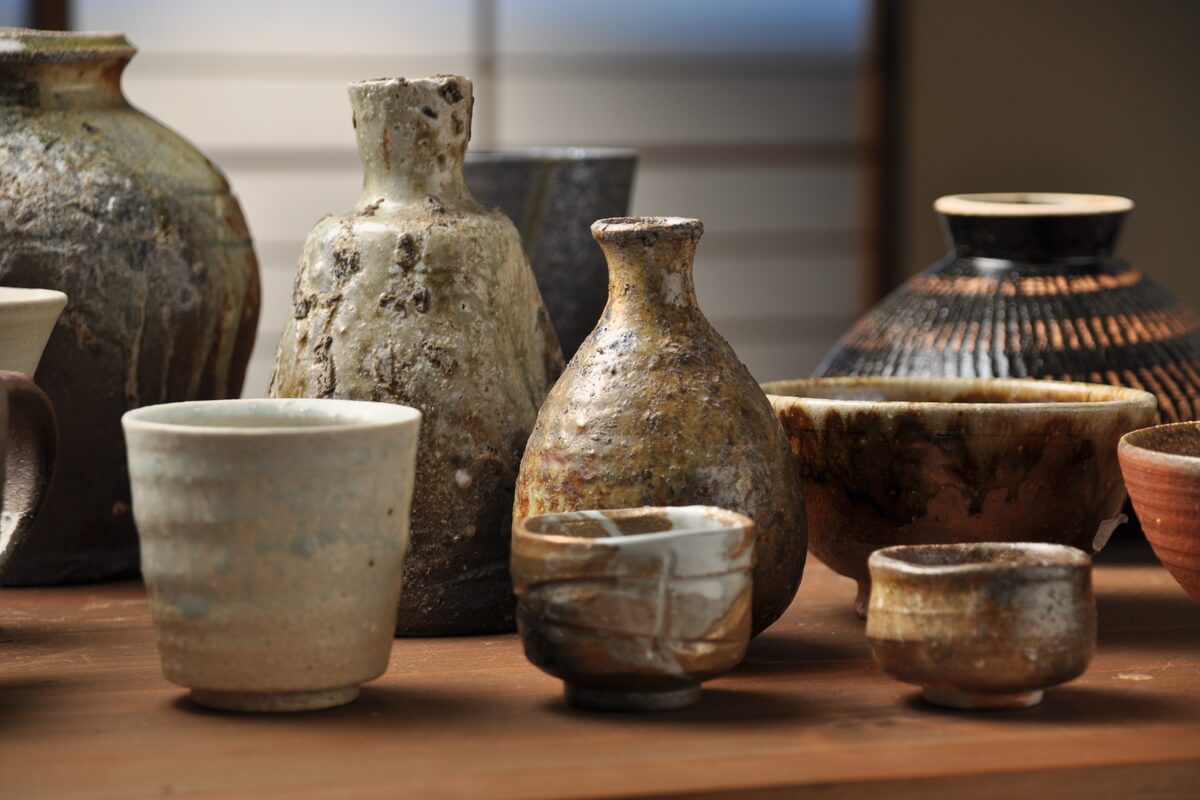
©Mie Prefecture Tourism Federation
Iga ware began in the Nara period (710-794) with the production of mortar and tsubo (earthenware pots). Around the 17th century, when the tea ceremony culture spread, unique tea ceramics expressing the Japanese aesthetic of “wabi and sabi” flourished, and were called “Ko-Iga” and loved by many tea masters. Today, Ko-Iga is popular for its heat-resistant earthenware pots and other cooking utensils, as well as for its tableware, which makes food look beautiful.
[Koka City] Shigaraki ware
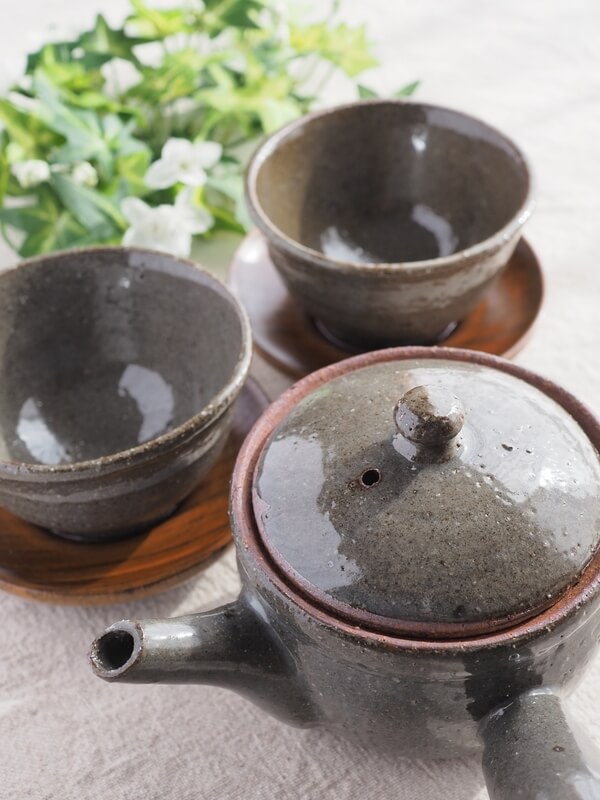
Shigaraki ware is one of Japan’s six representative kilns, dating back to the Nara period (1,200 years ago). Like Iga ware, Shigaraki ware was initially used to make mortars, tsubo (earthenware pots), and braziers, and later became popular for making tea utensils. After the Meiji period (1868-1912), brazier making was the main activity, and at one time accounted for 80% of the national market share. Currently, the area produces daily-use ceramics with a texture that fits in with daily life, as well as tanuki (raccoon dogs), owls, frogs, and other figurines.
Recommended Local Gourmet
[Iga City] Iga Beef
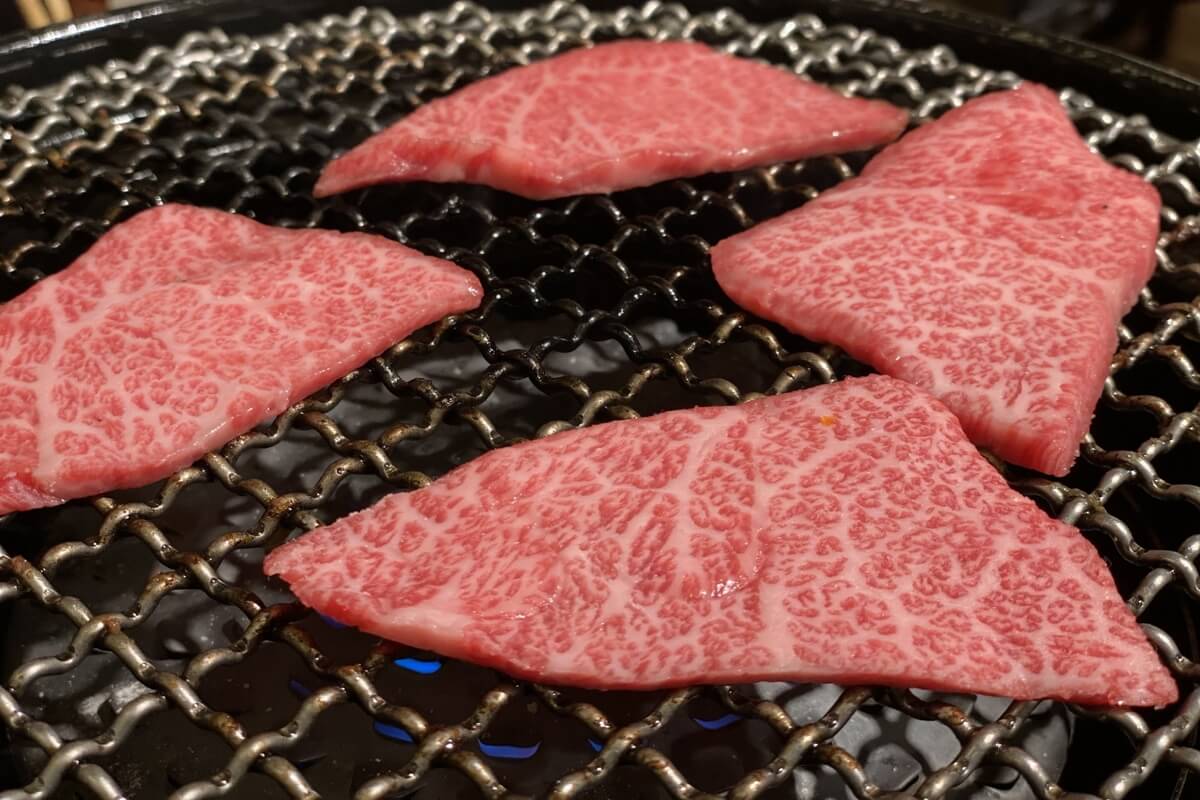
This Wagyu is raised in the Iga region of Mie Prefecture and is one of Japan’s brand-name beef. It is a Wagyu beef with a long history; it is said that the Iga Ninja used to dry the meat of the cow and carry it around as a preserved food. Because it is raised in a climate with a wide range of temperatures, the meat is tender and has a mellow aroma and rich flavor. It is also called “phantom beef” because there are only a few farmers who produce it and it is rarely sold outside of Mie Prefecture.
[Iga City] Tofu Dengaku
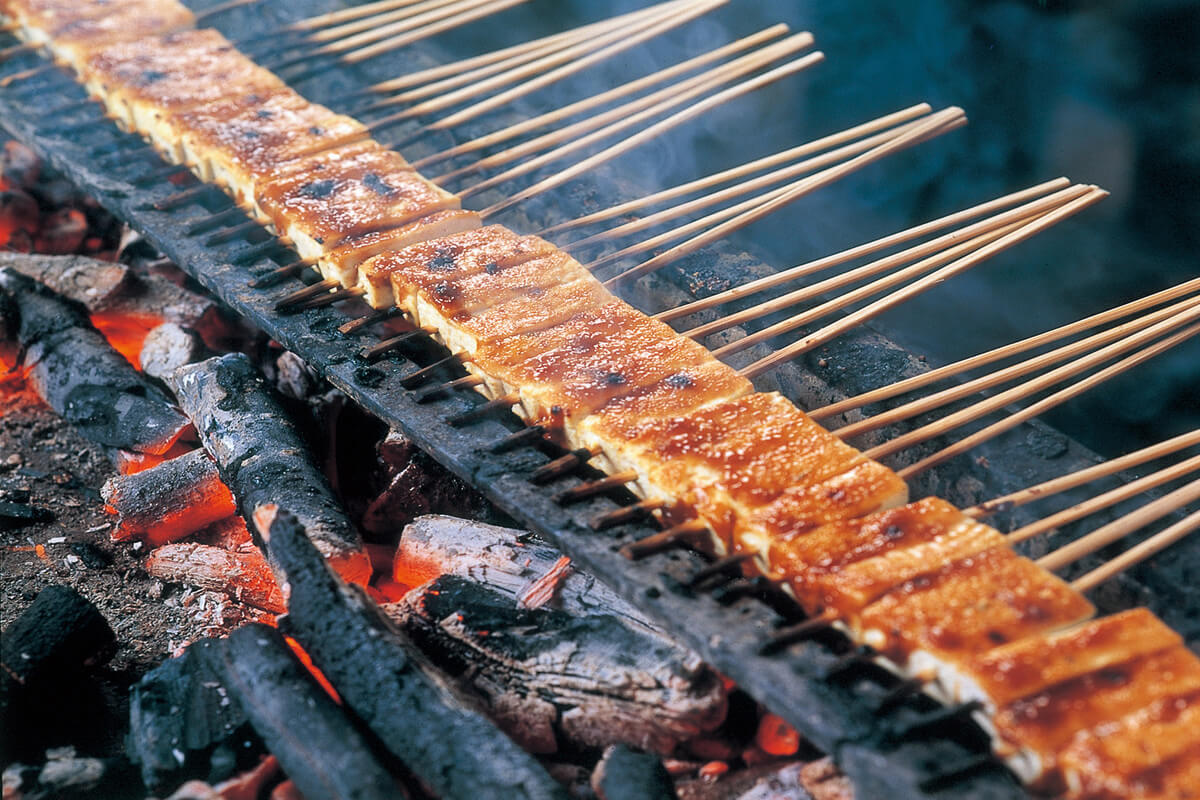
©Mie Prefecture Tourism Federation
It is a local delicacy from various regions of Japan, made by skewering tofu, dipping it in miso, and baking it. In olden times, there was a custom in farming villages called “dengaku-mai,” in which people danced in the rice paddies to the accompaniment of taiko drums during rice planting and festivals. The name “tofu dengaku” came to mean “tofu dance” because of its resemblance to the dancers’ outfits. There are some famous long-established restaurants that have been in business for more than 200 years since the Edo period, where you can taste the exquisite tofu dengaku, which can only be found in Iga.
[Koka City] Omi Tea
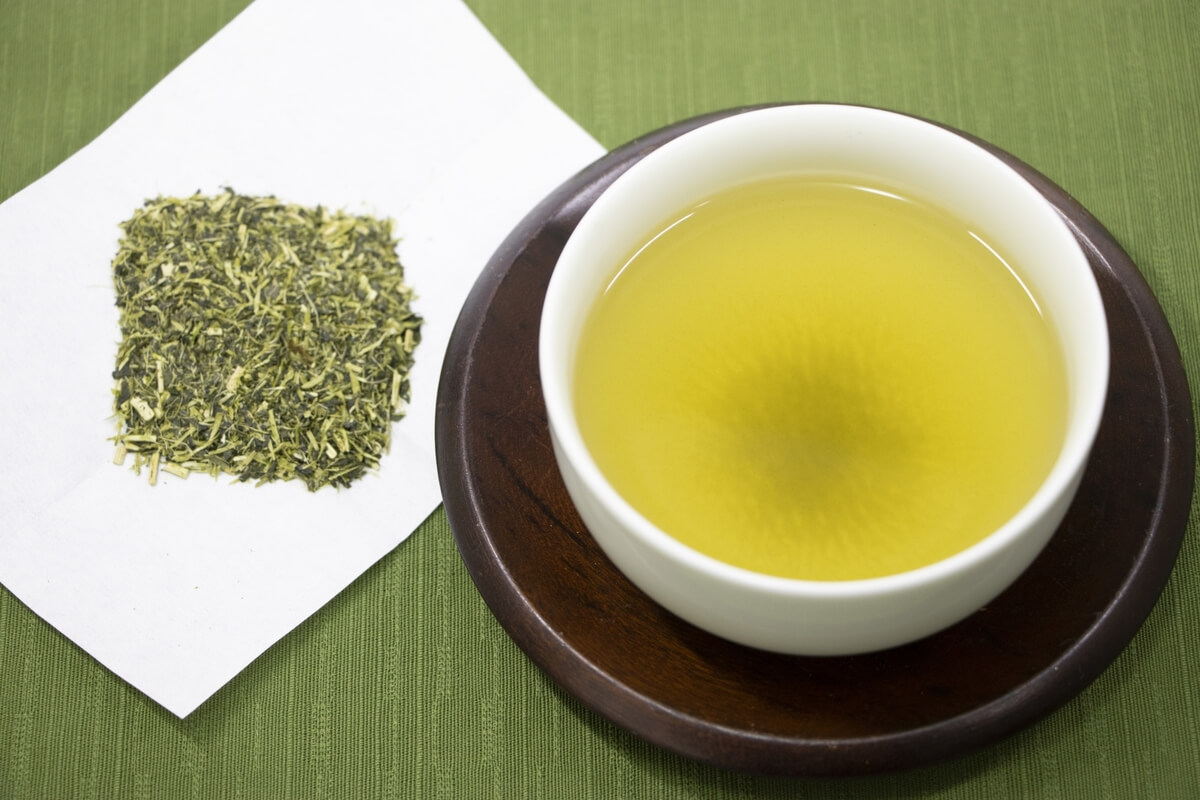
Tea produced in Shiga Prefecture is collectively called “Omi no cha,” and approximately 90% of it is produced in Koka City. Koka has two tea production areas. Asamiya tea, produced in Asamiya, Shigaraki-cho, Koka, which is said to be the oldest tea production area in Japan, is one of the five best teas in Japan, along with Uji tea in Kyoto. It is considered to be the highest grade of green tea, and is characterized by its top-grade aroma and deep flavor.
Tsuchiyama-cha, produced in Tsuchiyama-cho, Koka City, boasts the largest cultivation area and production volume in Shiga Prefecture. It has a rich flavor and can be enjoyed even after the second brewing.
Let’s go to a ninja village!
The Iga region of Mie Prefecture and the Koka region of Shiga Prefecture are two of Japan’s representative ninja villages. Each has a different history of ninja origins and different specialties, but they cooperated with each other and played an active role in the shadows of Japanese history. If you visit Iga and Koka, you will be able to feel a little bit of the real ninja, who are still shrouded in mystery. Iga and Koka are both attractive tourist destinations, with their own souvenirs and gourmet food, so be sure to make a trip out there every time you visit the ninja villages!
